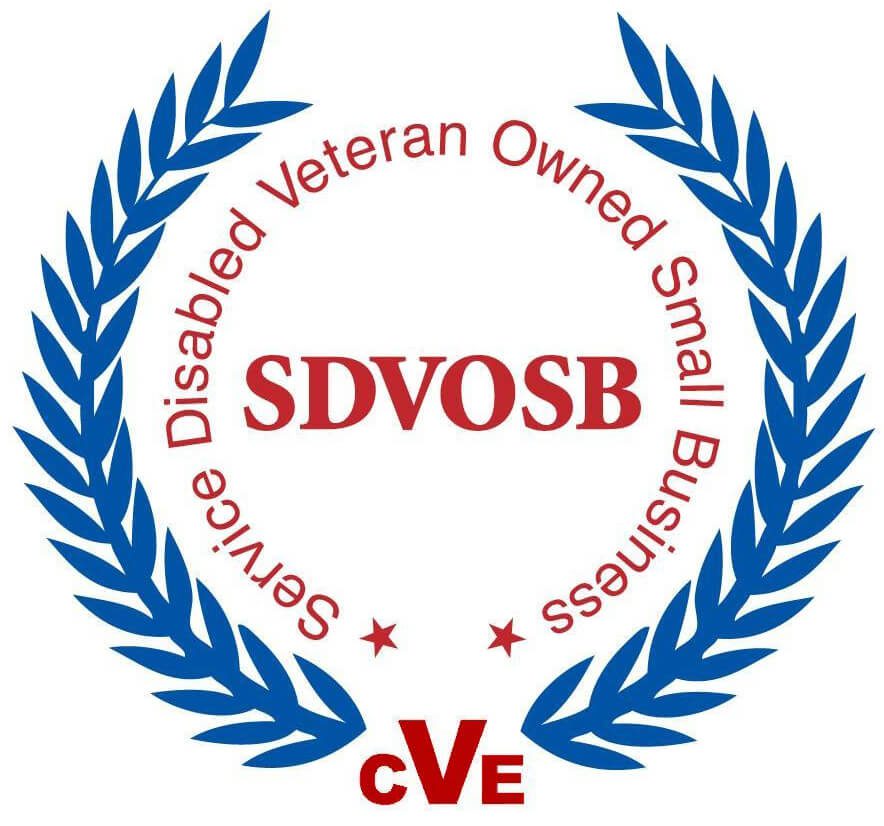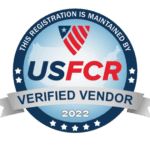The government has been cheated out of billion dollars by the abuse of tax deductions which are intended to encourage conservation of environmentally important land and historic buildings protection. The charitable donation tax deduction allows taxpayers to deduct all of their contributions to qualifying charitable contributions of cash and property within certain limitations.
In a recent Urban-Brookings Tax Policy Center analysis of the provision and its misuse by taxpayers and real estate developers, it was revealed by Adam looney that there us a recent surge in abusive transactions. Total deductions for the conservation easement contributions by taxpayers were tripled between 2012 and 2014. it was reported that they rose from $971 million in 2012 to $1.1 billion in 2013 to $3.2 billion in 2014.

The provision was created 40 years ago which allows property owners to take a charitable deduction. This deduction is allowed for donating qualified conservation easements. Legal agreements that permanently limit the development or use of a property are also to be donated to a charitable organization.
However, some donors have abused the provision by applying grossly inflated appraisals to the value of the easement. This is done to increase the charitable deduction or to take donations for easements which do not fulfil bona fide conservation purposes. Few real estate developers also exploit these vulnerabilities. They do this by selling the rights to claim charitable deductions to investors and by using the proceeds to finance development. This costs taxpayers hundreds of millions of dollars per year which undermines the program’s conservation goals.
Other noteworthy trends that were analyzed by Looney revealed the following information
Donations are much often concentrated in the transactions that seem unrelated to conservation benefits.
The dollar value of donations of conservation easements is noticed to be highly concentrated in certain types of transactions only. These include specific geographic areas in a handful of donor organizations.
About 36% of all deductions nationwide for donations of conservation easements were taken by taxpayers in Georgia In between 2010 and 2012. As stated by the Land Trust Alliance, Georgia has 1.5% of conserved land.

On the other hand, Connecticut ranked third in easement deductions despite being smaller in size than all but two states. It was reported that it had 7 % of all conservation charitable donation tax deductions. However, it had only 0.4 % of the acres under easement because the land in the wealthiest parts of that state is so expensive.
A small handful of donor organizations were responsible for an unequal share of donations.
Between 2010 and 2012, almost 25 organizations which were of about 1,700 land trusts nationwide received about half of all donations of easements, measured in dollar value.
Among these were a few nationally-recognized organizations whose conservation efforts were transparently documented and communicated in their public filings. However, there were many small organizations with few employees and scarce management or enforcement resources. Most did not report receiving gifts of easements nor they reported the value of the easements they receive in public filings.
Most organizations which receive donations of easements do not report the same as gifts or revenues on their public tax returns.
The tax returns of charitable and tax-exempt organizations are supposed to provide public information about the activities of the charitable sector undertaken by them. This encourages transparency and accountability and helps to reduce any abuse of tax-exempt status.
Donations of ‘partial interests’ are difficult to administer.
Generally, there are no charitable deductions allowed for contributions of partial interests in property. However, an exception to this rule is provided in the case of a “qualified conservation contributions”. This includes the contribution of a conservation easement to a “qualified organization.”
The main inconvenience in administering this provision and its vulnerability to abuse arises in part because of the unpredictable nature of donations of conservation easements. The tax law is what allows the deduction for the fair market value of a qualified conservation contribution.
To determine the taxpayer’s deduction, it is vital to appraise the value of the partial interest separately from the remaining interest. It has proved contentious and is the source of much of the litigation between taxpayers and the IRS.
What can be done?
Abuse of conservation easement deduction reduces tax revenue as well as raises the appearance of unfairness and inequity in the tax system. It also hinders conservation goals which cause a disproportionate amount of IRS enforcement and taxpayer burden. Beyond the cases of abuse, the key policy question is whether this tax expenditure represents a good return on the scarce dollars that the federal government utilizes to subsidize.
Choose Solicit Free Donations to obtain your tax deduction and remain anonymous to avoid recurring solicitation for additional donations as well as avoid the sharing of your personal contact information. www.solicitfreedonations.org #solicitfreedonations






